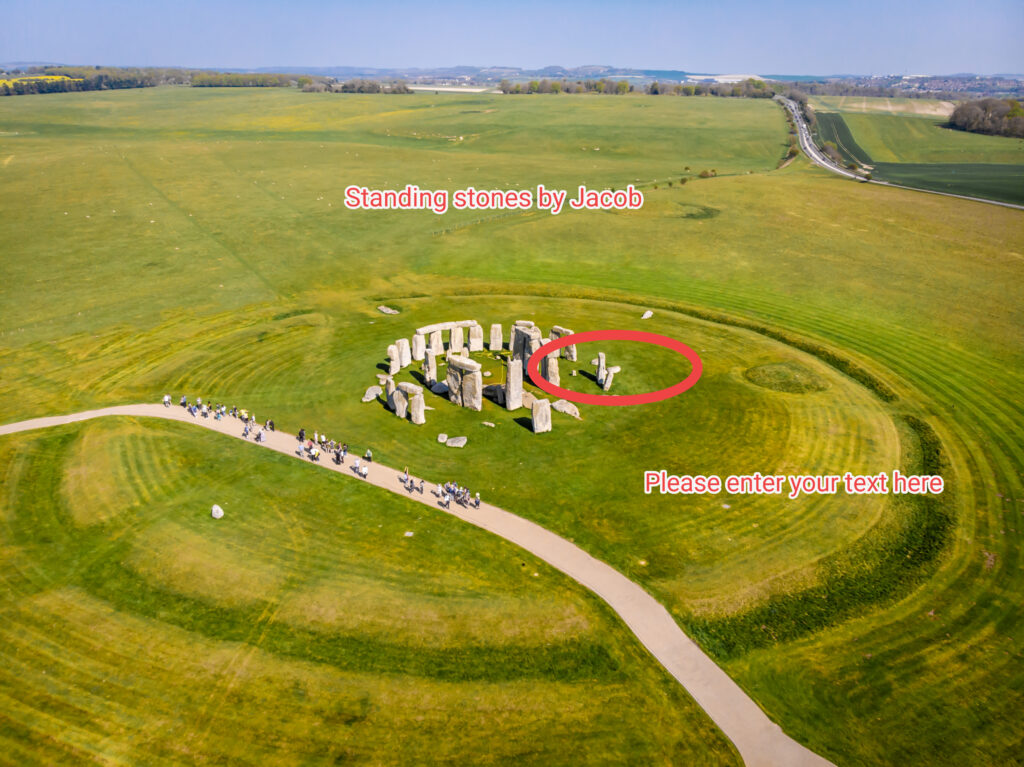Your cart is currently empty!
Page Five- Stone Rows and Poster Stones
Stone Rows and Poster Stones

Stone Rows or columns
Stone Rows are closely related to stone circles. In fact, they originate from the same person at the same time. Deductive reasoning allows us to gather from the Scripture that when other twelve leaders of Israel took twelve stones from the Jordan and set them up in Gilgal, that is to say, a circle, then it is plausible that the twelve stones Joshua placed back in the Jordan was in a line or a column because that was how the water was held up by God.
Joshua 4:8,9. “They carried them to the camp and set them down. Joshua also set up 12 stones in the middle of the Jordan where the priests who carried the ark of the covenant were standing. The stones are there to this day.”
One only have to look into stone rows and stone circles to know that the precise number of stones vary. Although the Scripture said the number was twelv, it was in within reason to know that there were actually a tribal representative of twelve. It stands to reason that if there 20 heads of the tribe than the stone count would change. If there are only three years of the tribe then the stone count would be three. The stone row in Stonehenge that I have identified is also found in the British isles.

This is an image of a Stone Row with only three stones as in Stonehenge. There are also small amounts of stones in certain stone circles.

Three or Four Poster Monuments
I will simply add a Scripture to explain my understanding of what these small, inexplicable stone structures should be. Deuteronomy 27:1-4. “Moses and the elders of Israel commanded the people. ‘Keep every command I am giving you today. At the time you cross the Jordan into the land the Lord your God is giving you, you must set up large stones after you cross to enter the land the Lord your God is giving you, a land flowing with milk and honey, as Yahweh, the God of your father, has promised you. When you crossed the Jordan, you are to set these stones on Mount Ebal, as I am commanding you today, and you are to cover them in plaster.'”

This is a Three Poster stone monument. It is very similar to the one on Stonehenge’s periphial circle of large lintel stones.


Although the image points out a standing stone, I think it is better that the reader the reader to locate the structure within Stonehenge that resembles the previous image.
Three and four poster monuments are numerous, but are distinguishable.